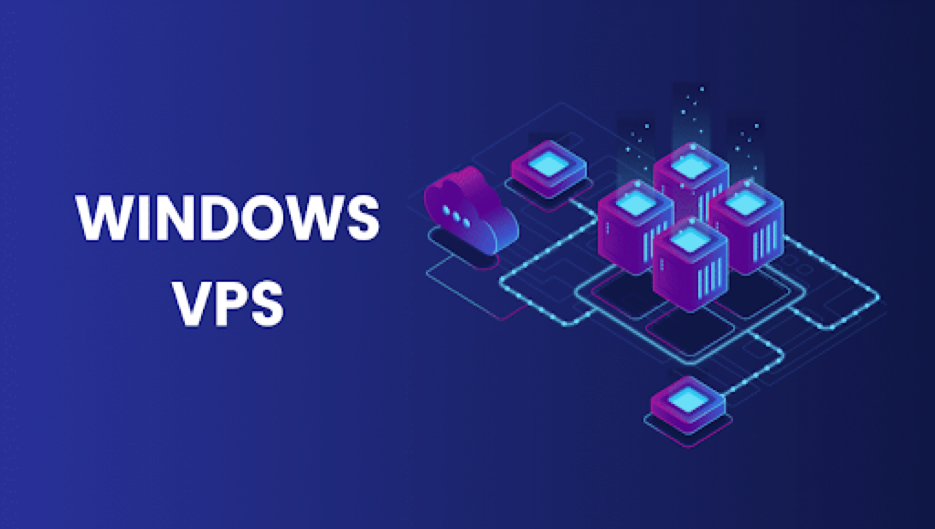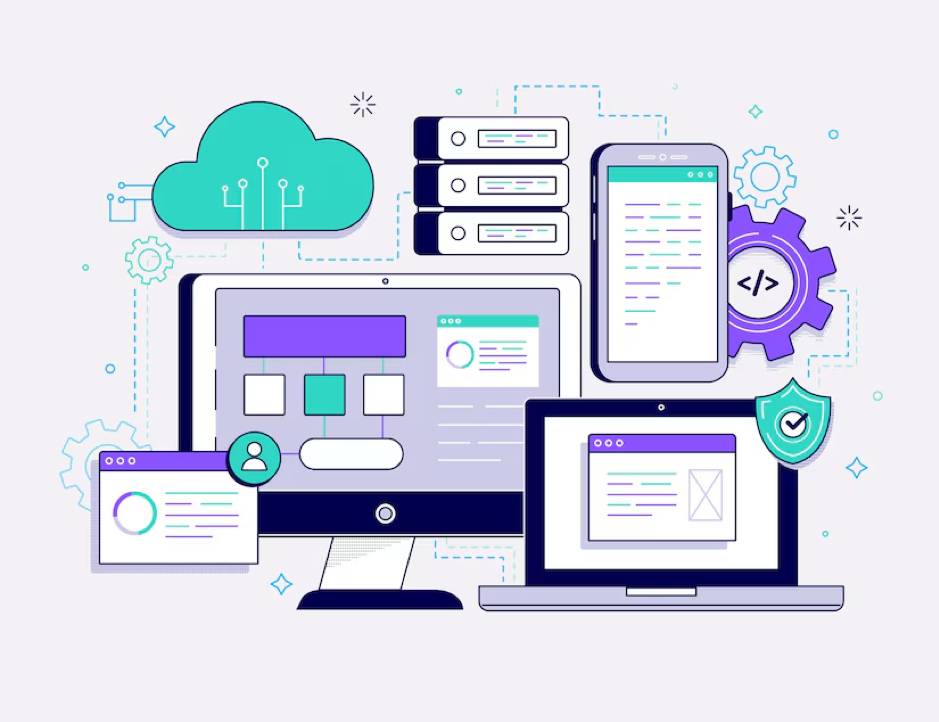Availability of fiber optic internet is expanding at an impressive rate throughout much of the U.S. There are now many households that must choose whether to stick with their current cable provider or move over to the new service, and with that in mind, let us explore the advantages of making the switch.
Faster Download Speeds
The main reason to switch from cable internet to fiber optic internet is the download speed. According to Ookla Speedtest, the average American has access to a cable download speed of about 200 Mbps. That is not bad and more than the double the average just several years ago. Most fiber providers, however, offer a top speed of 1 Gbps. That is 1,000 Mbps or five times faster than the cable average. Your household can watch and play whatever they want online without concern. Even if you opt to pay for a lower tier and thus save some money, the minimum for fiber is higher than the average as well at 250 Mbps.
Equivalent Upload Speeds
Due to the limitations of cable broadband, most internet service providers offer low upload speeds. An upload speed of 3 Mbps is not uncommon. As more people video conferenced during the pandemic lockdowns, it became painfully clear that these upload speeds were not enough. Cable ISPs throughout the U.S. scrambled to improve upload speeds. Most customers now have at least 20 Mbps. Fiber Internet does not have the same limitations as cable. Fiber ISPs can offer symmetrical download and upload speeds, which means that if you have 1 Gig fiber, you have a 1 Gbps upload.
Lower Latency
Latency is the delay between sending data and receiving a response. Latency is very important to some online activities, and competitive online gaming is an excellent example. However, low latency also improves video conferencing and can be beneficial to any online activity that requires a real-time exchange of information. Cable Internet uses copper wires. Due to signal degradation, data has to be repeated in order to be transmitted long distances. Fiber does not have this issue. Fiber latency is usually much lower than with cable, and that makes it a preferred option for online gamers.
Better Reliability
Fiber optic is simply more reliable than cable Internet based on industry statistics. Fiber Internet services are not as prone to power outages, and cable networks are more prone to wear and tear and thus require more maintenance. Another issue is that cable networks are much more prone to traffic overloads during peak periods. If you live in an area with a dense population, switching to fiber can make a significant difference between 7pm and 9pm.
No Throttling
Fiber ISPs do not face the bandwidth and traffic difficulties that cable ISPs do and therefore do not need to throttle. Some cable ISPs will throttle you based on your activity or data cap. Even if your ISP does not, you will still be throttled during peak periods as the ISP manages the traffic overload.
Final Thoughts
Fiber Internet does tend to be more expensive, but that gap has closed significantly over the past five years. That is true even though cable ISPs have dropped their prices in areas where they now face competition. If you are satisfied with the speeds and latency of your cable service, be mindful that you can still use the new competition to your advantage to get a better deal.




